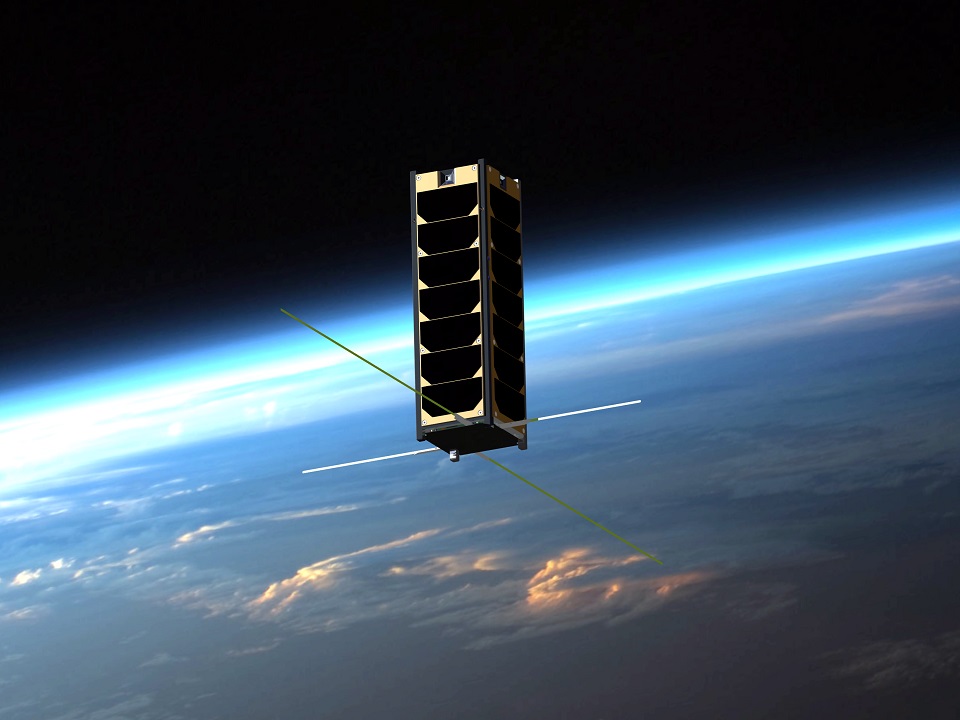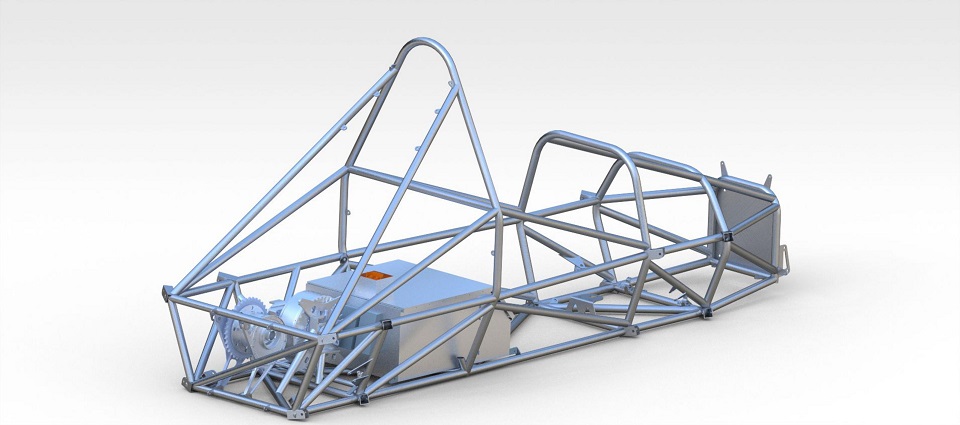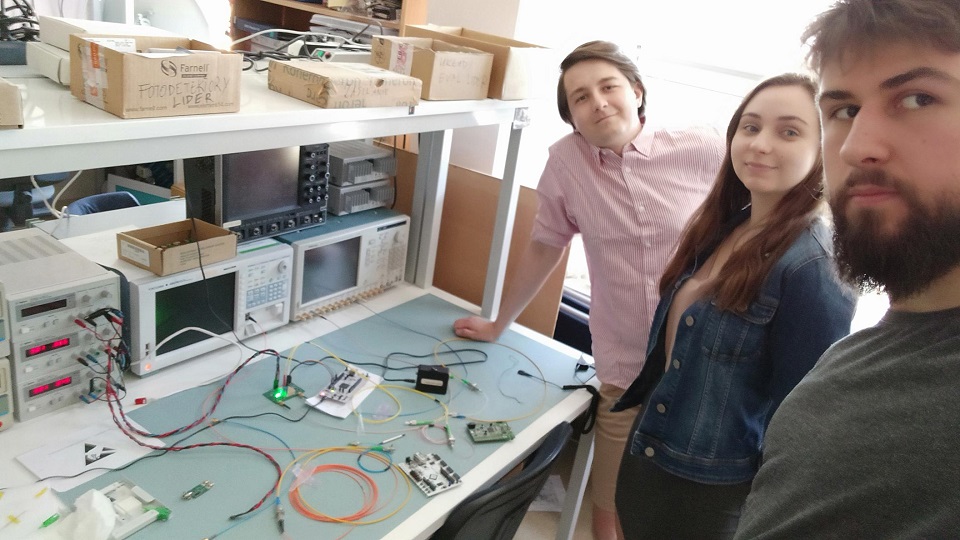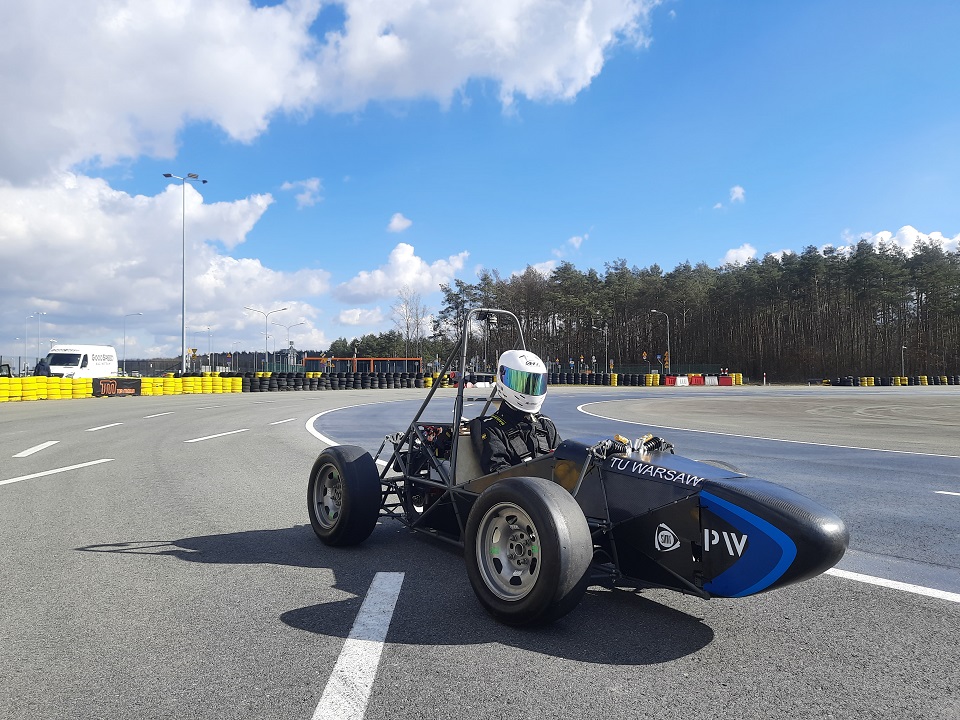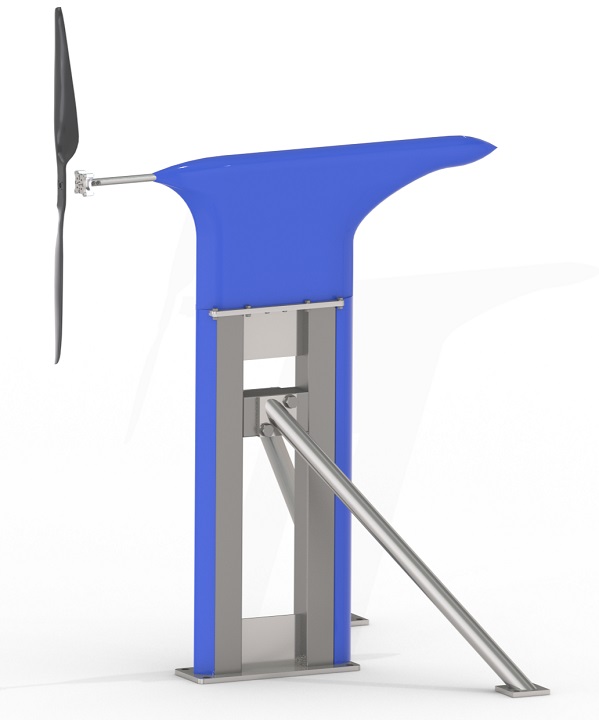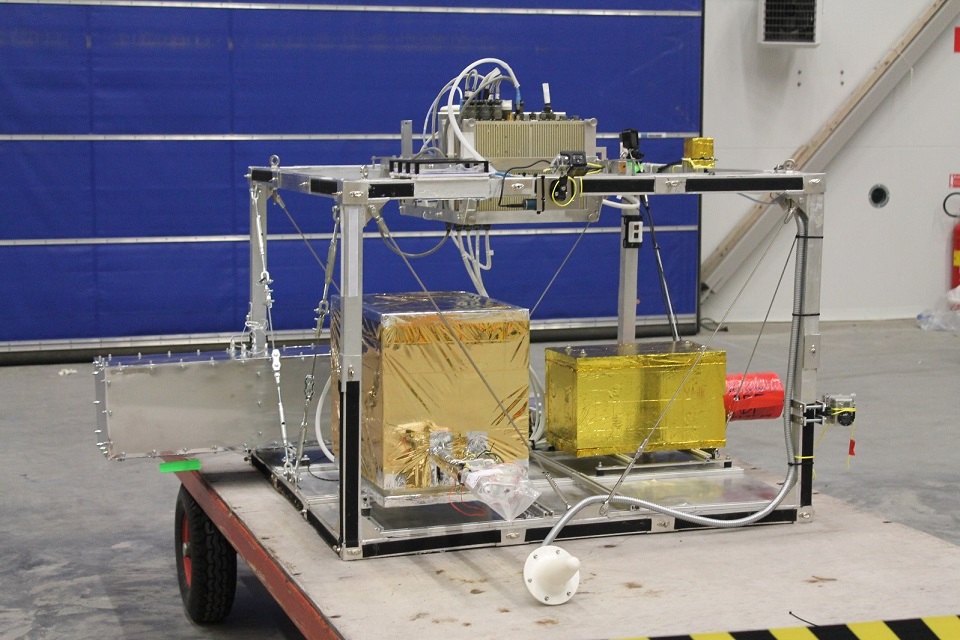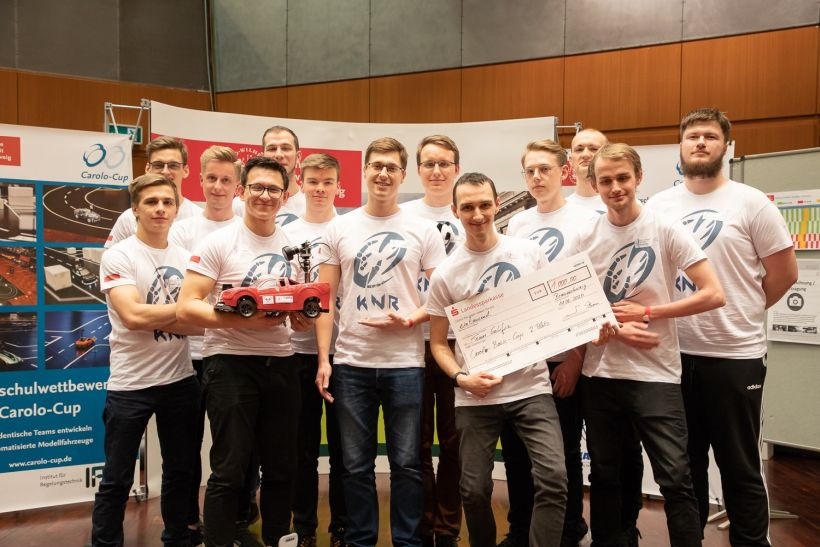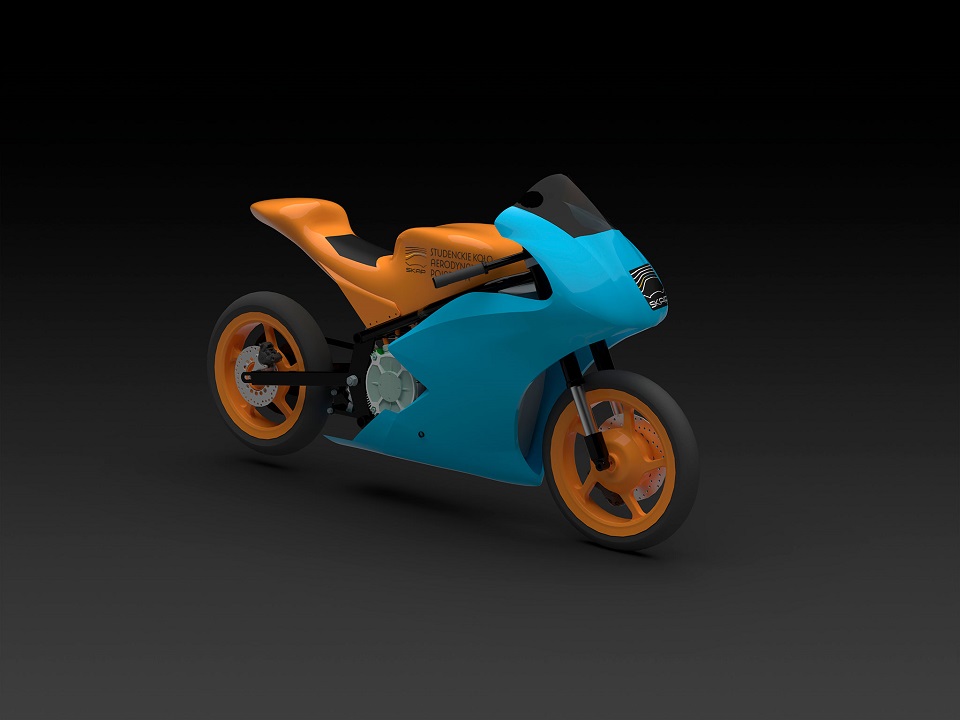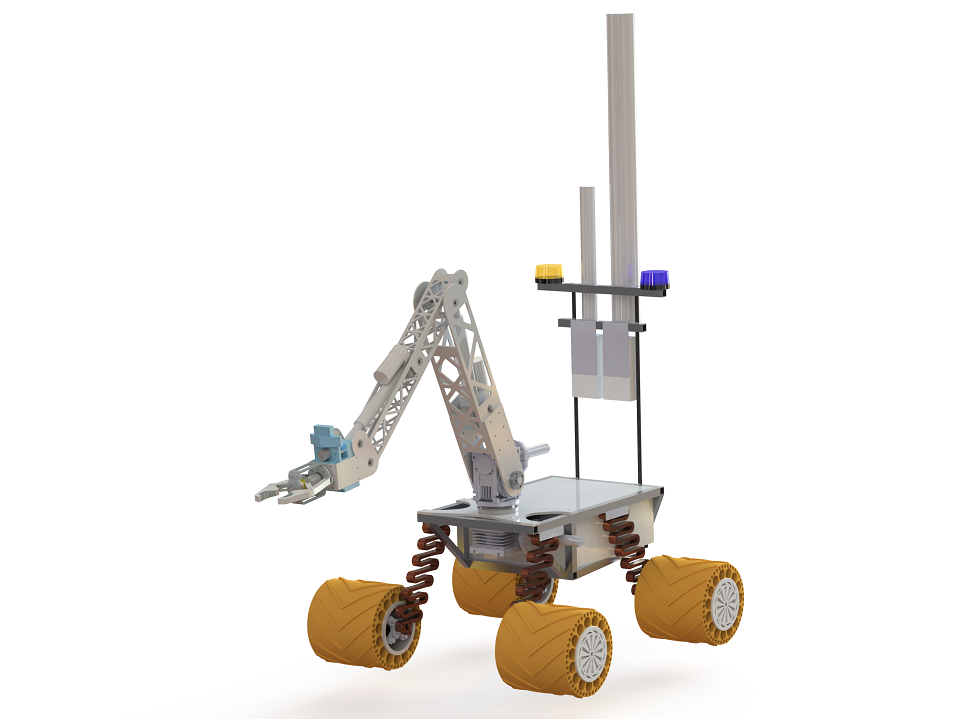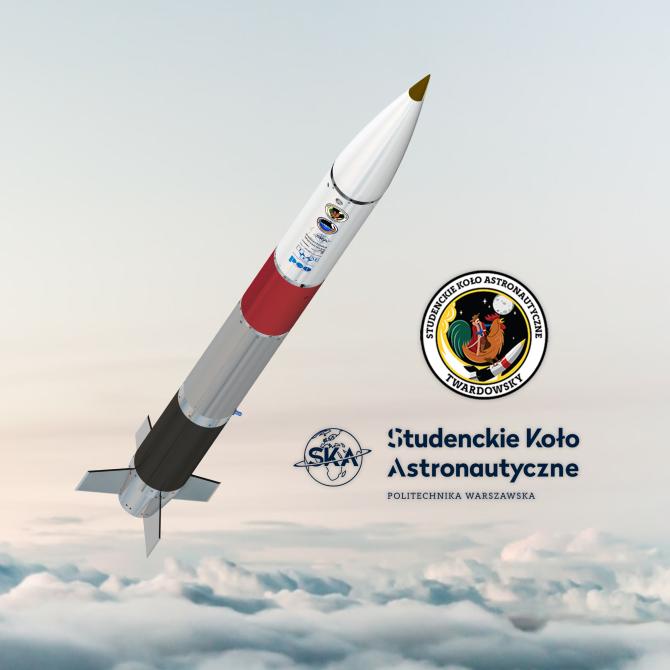Student Research Clubs create innovations
Our students finalists of a prestigious program
We have received the results of the first competition "Student research clubs create innovation". It is an initiative of the Ministry of Education and Science supporting the implementation of projects, improving the quality of operations and facilitating the transfer of new solutions to the economy.
As a result of the competition, funds were awarded to as many as ten projects of research associations at the Warsaw University of Technology. Here they are:
Preparation and analysis of PW-Sat3 satellite test models
Creators: Student Space Association (operating at the Faculty of Power and Aeronautical Engineering)
The PW-Sat3 satellite is designed to perform a number of orbital manoeuvres. The aim is to demonstrate the jet propulsion technology developed by our students. To verify that the satellite can withstand the launch loads and the thermal conditions of low Earth orbit, a structural-thermal model should be made to prove that the system is properly designed. It is a necessary step to ensure the security of the mission.
So far, only 6 Polish satellites have been launched into orbit, including two created by students from our University (PW-Sat and PW-Sat2). PW-Sat3 will be the first Polish satellite with its own propulsion.
Construction of an electric vehicle control unit improving performance and safety
Creators: Interdepartmental Research Association WUT Racing (operates at the Faculty of Power and Aeronautical Engineering)
Students intend to build and research an electric powertrain control unit in order to improve the range of the vehicle. It will be possible thanks to the use of kinetic energy recovery during braking and traction control.
The design is based on the WUT-1, the first construction created by WUT Racing.
A platform for the analysis of fiber-optic and radio telecommunications signals based on RFSo
Creators: FiberTeam Research Group (operates at the Faculty of Electronics and Information Technology)
Students plan to build a reprogrammable platform for testing bit error rate in fiber-optic systems, analyzing advanced fiber modulation and for SDR applications.
The result of the project will be an integrated system, i.e. one in which one device is both a source of pseudorandom information and a receiver of data from a photodetector. The integration of the devices will simplify the method of synchronization between the source and the receiver.
Students are going to use RFSoC (Radio Frequency System on a Chip) to build the system. The RFSoC system consists of several key components: FPGA, processor, e.g. ARM, ADC converters, DAC converters, DSP circuits, analog RF circuits. One system consists of a number of elements necessary to build a transceiver system.
Development of a high-power electric powertrain for the Formula Student racing vehicle
Creators: Motor Sports Research Association - Proton Dynamic section (operates at the Faculty of Automotive and Construction Machinery Engineering)
As part of the grant, the team will design and build a laboratory stand mapping a high-power drive system, as well as a mobile charging and diagnostic station for a Formula Student racing vehicle. After appropriate tests, the system will be used in an electric racing car. Thanks to the station, it will be possible to quickly charge the battery pack, and thus save time during the dynamic tests necessary before the Formula Student competition.
Construction of a dyno and tests of carbon propellers
Creators: Student Interdepartmental Research Group SAE AeroDesign (operates at the Faculty of Power and Aeronautical Engineering)
Students will conduct scientific research to determine the characteristics of modelling propellers currently used in the growing industry of unmanned aerial vehicles, such as airplanes or vertical take-off and landing constructions. The obtained results will be used, inter alia, in preparation for the upcoming SAE AeroDesign competition. Our students have been winning many medals in this competition for years.
Initial development of the stratospheric experiment project for the BEXUS balloon flight program
Creators: Student Space Association (operating at the Faculty of Power and Aeronautical Engineering)
The project provides for the design, construction and testing of the first version of the stratospheric receiver of radio signals with frequencies below 300 kHz, coming from the Earth's magnetosphere (the so-called auroral kilometer radiation). These signals are a product of the interaction of the Earth's magnetic field and the solar wind. The team plans to build a prototype adapted for domestic balloon flight, in preparation for the actual long-time flight over the Arctic Circle.
As part of the project, WUT students are preparing a project common for the space industry, thus significantly increasing their qualifications in the field of space systems engineering, space structure mechanics, communications and data management.
Building an autonomous electric race car as a test platform for the Formula Student competition
Creators: Robotics Research Association (operates at the Faculty of Power and Aeronautical Engineering)
Students plan to create an autonomous vehicle operating on the fifth level of autonomy in a race track environment compliant with the Formula Student competition specification. There are plans to purchase an electric go-kart and adapt it electrically and mechanically to autonomous driving. The project also provides for the modernization of the vehicle in a 1:10 scale, so that it reproduces the go-kart as accurately as possible and allows for testing the implemented solutions on it.
Support for the electric motorcycle project implemented by the Student Vehicle Aerodynamics Association
Creators: Student Vehicle Aerodynamics Association (operating at the Faculty of Power and Aeronautical Engineering)
The Student Vehicle Aerodynamics Association has been realizing eco-friendly innovative vehicle projects for many years. The PERUN motorcycle is the first fully electric vehicle built by the Association. The team's work is to be crowned with the participation in the international Moto Student Electric competition.
Design and construction of a new generation analog Mars rover
Creators: Student Space Association (operating at the Faculty of Power and Aeronautical Engineering)
Students plan to design and build a new Mars rover as part of the Sirius Program. Their goal is to put the rover to use in the international robotics competition in the Rover Challenge series.
Thrust vectoring system for the Twardowsky hybrid rocket
Creators: Student Space Association (operating at the Faculty of Power and Aeronautical Engineering)
The system will be designed for the already-existing hybrid engine of the Twardowsky rocket - the first construction with this type of the propulsion in the Rocket Section of the Student Space Association, as well as one of the first hybrid rockets fully designed and constructed by students in Poland.
The thrust vectoring system will allow the combustion chamber to tilt by a given angle during operation from the rocket axis. This deflection changes the direction of the thrust and, as a result, generates a pitching moment in relation to the rocket's center of mass, which allows for the trajectory to change during the flight.





